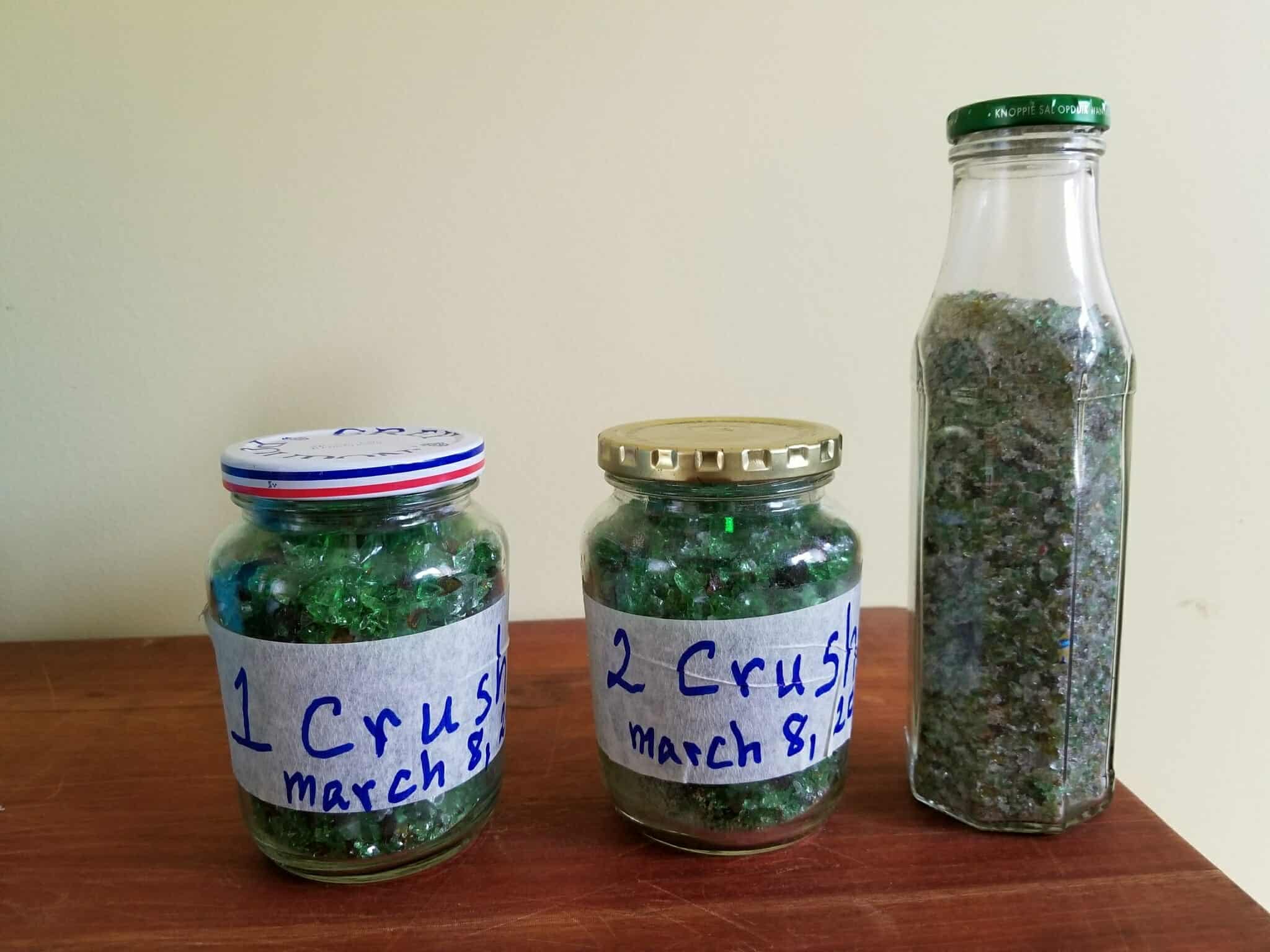Legend has it centuries ago, Greek philosopher Theophrastus sent out what supposedly was the first message in a bottle. His objective was to study currents and prove that the inward flow of the Atlantic Ocean created the Mediterranean Sea. A few centuries later messages in bottles began being used as a communication channel to seek help say a final goodbye or, in some cases, reach out to new pen pals. The idea of writing a message, putting it in a bottle and setting it adrift in the ocean began to be romanticized. And why not? The notion that your message might wash ashore on some exotic beach thousands of miles away appeals to one’s inner inquisitive soul.
Fast forward to the 21st century and somewhere between ocean current studies and finding new pen pals we lost grip of bottles in our waters. The bottles floating in our oceans nowadays all seem to carry a similar message, one filtered with concern as the numbers increase drastically every year: TOO MUCH TRASH. In 2104, Christopher K. Pham (University of the Azores · Institute of Marine Research) and his team of researchers tested different sites of the northeast Atlantic and Arctic oceans and the Mediterranean Sea and concluded that plastic, metal, glass and other garbage occupy not only shallow, but also deep areas of these waters. Further, according to EuroMonitor International, 2016 saw the production and sale of over 480 billion plastic bottles worldwide, of which just a small amount was recycled! It begs us to say, “Houston we have a problem!”
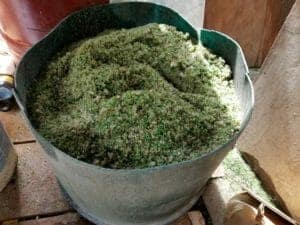
Now, we can no longer simply point fingers at who and why, but rather use our creative minds to curb the problem and seek a sustainable solution. Understanding the urgency and need for such a solution in our own backyard at Hamanasi, we initiated different projects with glass bottles. We recycle 100% of our used glass bottles — that about 550 per month on average. We are very proud of this feat as it is in line with our sustainable eco-friendly efforts! So what might happen to a bottle once it is used at Hamanasi? Keep reading….
The Man and His Machine: Crushed Glass
Remington Yarde, gears up from head to toe, literally. Complete with safety goggles, gloves, breathing masks, long sleeve shirt and a head covering of his own making, turns on the glass crusher and off he goes! For the next 1 ½ hours he will be inserting one bottle at a time into a glass crushing machine and hear the glass grind down to bits and pieces. Crushed glass is a new product altogether, somewhat sand like. It then becomes a component when making cement slabs that adorn the pathways of Hamanasi. This recycles and reduces the cement used. When walking at night you will see glittering lights guiding your way. Do not be alarmed! These are not spiders staring at you, rather the sparkles of recycled glass bottles!
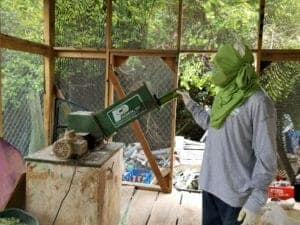
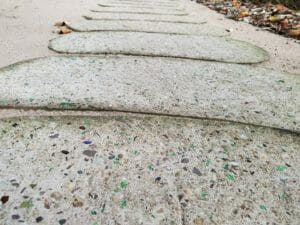
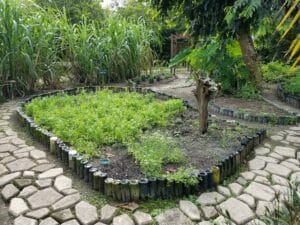
Co-existing with Nature: Functional Décor
It would take a glass 1 million years to decompose in the environment. When used in our sustainable garden as décor, we are ok with it lasting a bit long. As projects in the garden are never ending, our Hamanasi gardeners find creative ways to make use of any item that can add spice (pun intended!) to the aesthetics of the garden without harming the produce. This is where a few wine bottles come in handy by lining up to section off beds of cilantro and other herbs. Instead of using wood or stones, bottles are buried neck down with the bases creating colorful, strong borders. If you are like us, then you would prefer your herbs and veggies to be mixed on your plate, not your garden.
Bottle Hunting: Supplying Local Vendors
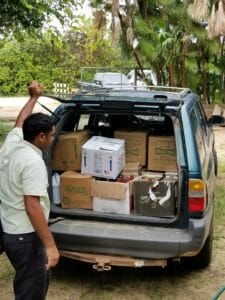
Bottle hunting is in season year round in Belize. Locals source used wine bottles for a very special purposes – containing food products! Bottles are reused to store home-made coconut oil, which in turn is locally sold. Preparing a Belizean Rice & Beans with local coconut oil is our version of soul food. It doesn’t matter what part of the country you are in, what Belizean culture you identify with, a hot plate of Rice & Beans cooked with local coconut oil touches the deepest reaches of our Belizean identity! At Hamanasi we are proud to contribute to this culture identity by providing these local producers with the necessary bottles to continue their business venture. No, at Hamanasi we don’t make a financial profit out of this, the profit is gained in preserving the gist of Belizean culture. Additionally, our bottles are used by local honey and wine producers. Why buy new ones when we have a plethora of bottles free for the taking?
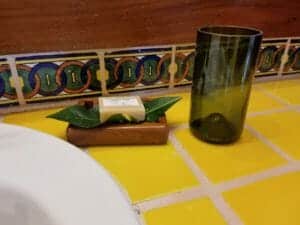
Is it a cup or is it a bottle? Making Cups
We don’t have an official name for it, but bottle is what we will go with for now. Cutting a bottle to make a cup isn’t a new idea, but it is one we like to embrace. In keeping with our sustainable efforts we have furnished all our rooms at Hamanasi with these glass creations in the form of toothbrush holders! No longer do you have to delicately balance your toothbrushes on the countertop hoping rinse water won’t get splashed on them. Not, they can be corralled smartly upright in a recycled glass container. If they break, it’s ok. We will hand the pieces over to Remington for him to feed the machine!
Perhaps there are more ways we could be reusing glass bottles, but that would require more empty bottles at our disposal. So when visiting us feel free to indulge in an extra glass of wine! And be assured that we will find a way to reuse it as we believe that the human mind is capable and able to surpass its own creativity. And if you have any creative ideas, please share them with us!
